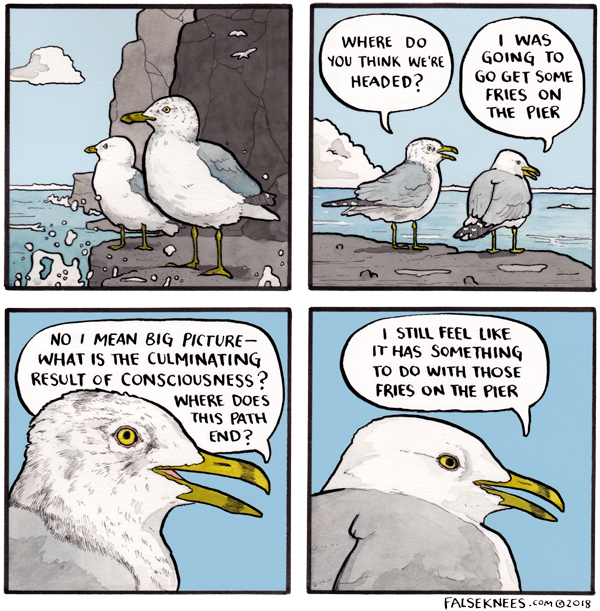- 0 Posts
- 12 Comments

 211·2 months ago
211·2 months agoJust fork it 🤓
It definitely feels like a knee jerk reaction, but there would be some merit to it: The Rust language feels apt to implement a kernel with. If I remember correctly that’s what Redox is trying to accomplish? https://redox-os.org/
Why would using it on PC degrade image quality, if anything a desktop with a good GPU would potentially beat a PS5 in terms of graphics?
An adapter will be required to plug the PSVR2 though, that information is already available. But once plugged it should work with SteamVR.
Isn’t it supposed to be 30?

 8·7 months ago
8·7 months agoI’ve been told that they didn’t offer a hardcore mode because the game had a few bugs that could kill you for no good reason. Imagine losing your save because of the game’s bullshit. I find this decision smart even though I find stupid the fact that these bugs persisted for so long in the first place.

 1·7 months ago
1·7 months agoThe message transferred between the particles supposedly FTL does contain information though. What I meant was that we cannot encode our own arbitrary information on top of it. The message has a physical effect on reality, without it the state we find the particles in cannot be respected.
Just reconsider this: If we agree that the result of a measurement is totally random (no hidden variable predetermining the result of the measurement) but that once we measure and know the state of one particle then we know with certainty the state of the other particle (entanglement): information about the collapse of the first measured particle was shared to the other so that it’s no longer random.
edit: If your argument is about “sharing information doesn’t imply transmission” then let’s stop here and leave this thread agreeing that “information was shared” :)
I have no opinions on what shape the information sharing takes. Nor am I interested in guessing.

 2·7 months ago
2·7 months agoI mean you can setup a source of entangled particles and two very far detectors that would do measurements roughly at the same time on each particle in such a way that information traveling at the speed of light wouldn’t have time to travel the distance between both detectors.
You can then just gather roughly simultaneous measurements and at a later time join the datasets from both detectors to see what one measured vs the other for each pair.
If I understand correctly the current observations show that collapsing the state of one of the particle influences the other all the way at the other detector. Since there’s no hidden variables that predetermine the result of measurements while the result of the collapse is random, and the fact that particles still respect the correlation over any distance is why there seem to be a FTL communication between the particles.
Something has to be communicated between the particles for the influence to work FTL, but it also seem we cannot leverage this phenomenon to send “actual information” this way :/
edit: Important point with that experiment: once the particles have been observed, if you try the experiment a second time using the same particles, then you’ll get different results, this time in line with hidden variables because the particle’s state already collapsed.

 3·7 months ago
3·7 months agoThe 2022 nobel prize was given to experimentalists that observed the violation of Bell’s inequality.
https://en.m.wikipedia.org/wiki/Bell's_theorem https://en.m.wikipedia.org/wiki/Quantum_nonlocality
I’m genuinely not an expert but I get it to mean that there aren’t hidden variables created alongside the entangled particles.

 41·8 months ago
41·8 months agoI wouldn’t call that “messy and inefficient” but you do you. I’d be curious to know what’s a “clean and efficient” solution for you when it comes to routing packets around the planet :)
It’s like you’re sucking the fun out of us… Wait a minute





I mean some people are benefiting from it